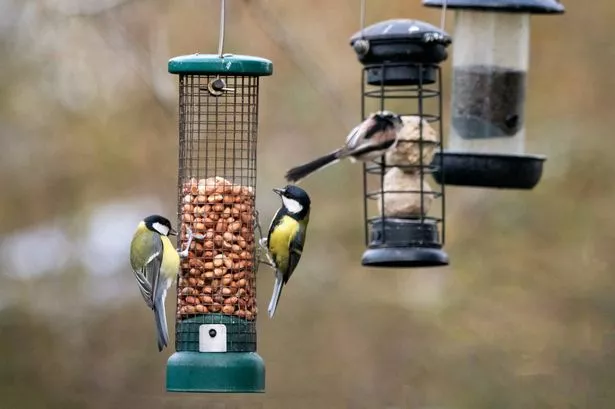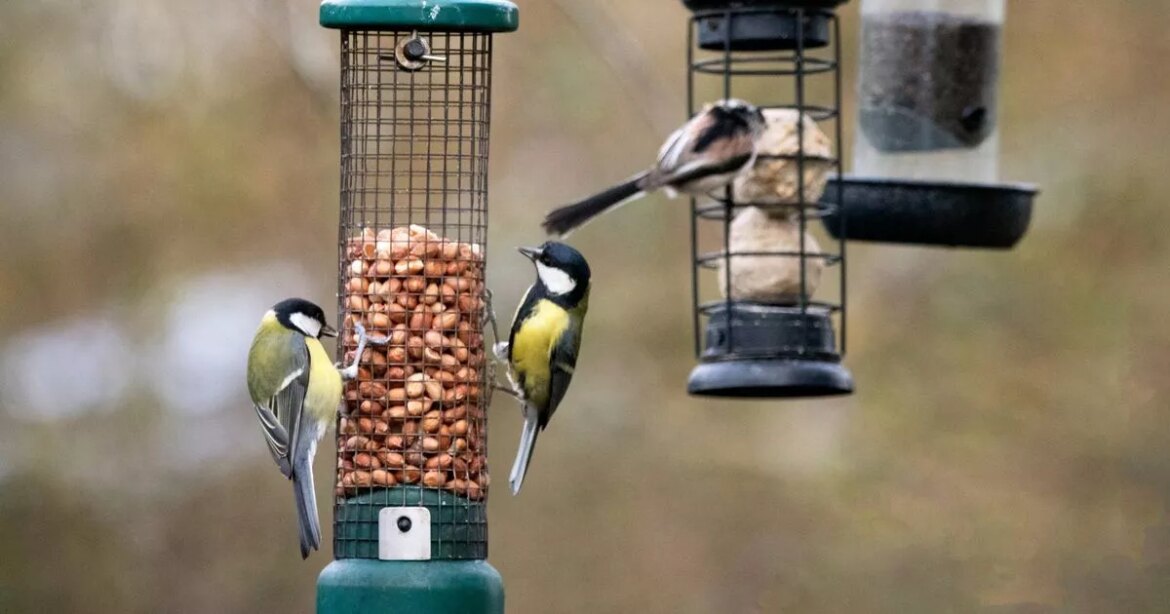As the winter months draw on, gardeners are being urged to check their feeders for hidden dangers – and there’s one thing in particular you need to look out for
Vita Molyneux Travel reporter
12:41, 10 Nov 2025Updated 12:41, 10 Nov 2025
 Make sure you know how to keep birds safe(Image: Trudie Davidson via Getty Images)
Make sure you know how to keep birds safe(Image: Trudie Davidson via Getty Images)
Across the UK throughout the year, numerous households set up bird feeders to support local wildlife and attract more birds to their gardens. But as winter progresses, gardening enthusiasts are being advised to inspect their feeders for potential hazards.
Whilst birds certainly gain from having extra food available during the colder period, these feeders can quickly become sources of disease if not monitored regularly. For those wanting to protect garden wildlife, there’s one crucial point to bear in mind.
Richard Green, a specialist in bird feeding from Kennedy Wild Bird Food & Pet Supplies, is encouraging homeowners to examine their bird food for danger signals.
The key thing to monitor is ensuring your bird food isn’t left exposed and isn’t becoming damp.
Richard explained: “Once damp, within 24 to 48 hours, seed can harbour moulds, bacteria and parasites that spread illness among birds sharing the same feeding space.”
Ensure you recognise the warning indicators of food that might harm animals.
This includes seeds clustering together, alterations in colour or musty odours, reports the Express.
He added: “Any black, green or white fuzz on the food means it should be discarded immediately.
 Bird feeders are a great ide abut they need proper maintenance (Image: Getty)
Bird feeders are a great ide abut they need proper maintenance (Image: Getty)
“Even condensation inside a feeder can create the right conditions for mould growth, so drying feeders fully before refilling them is a must.”
Should you observe that the seed you’ve provided for birds has become wet, it needs to be cleared away. Even after drying, birds consuming the seed may still fall ill.
Richard explained: “It should always be removed and disposed of, never dried out and reused, as it can carry mould spores and bacteria that remain active even after drying.
“Birds will sometimes eat damp seed naturally, but feeders concentrate the risk. Cleanliness is what makes garden feeding safe.”
If you’re planning to purchase a bird feeder, aim for one that offers protection from rainfall to maintain dry conditions for the food.
It can also prove beneficial to position it in a covered spot, such as beneath overhangs, patios or tree branches to reduce the chance of food becoming soaked.


Comments are closed.